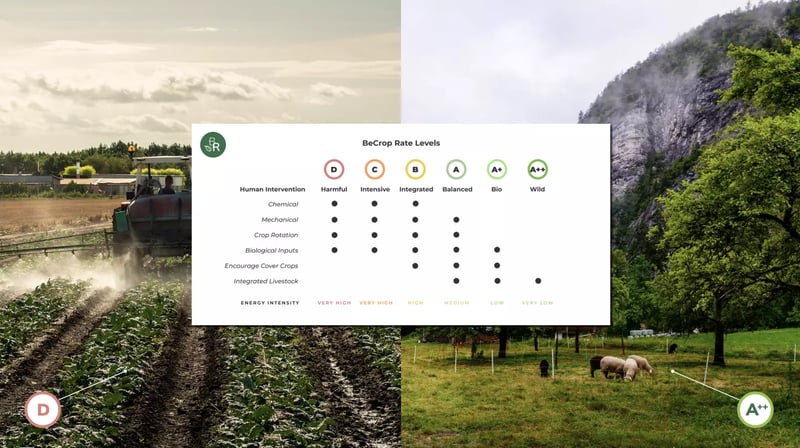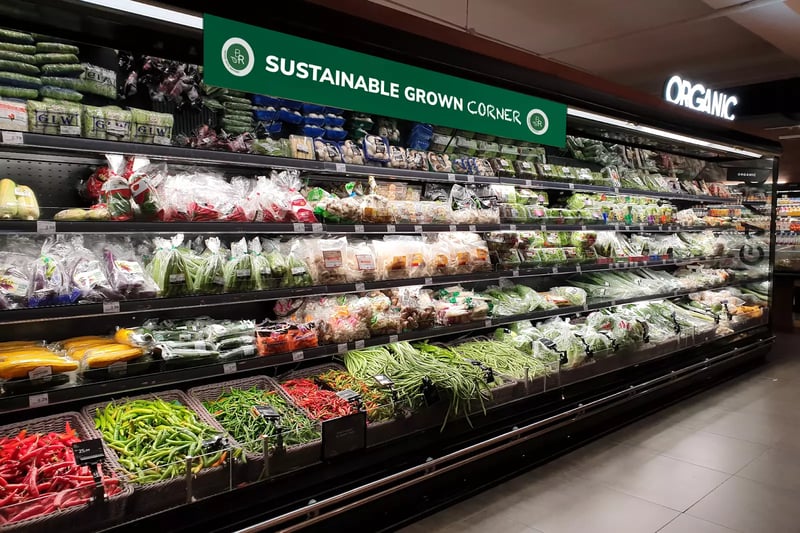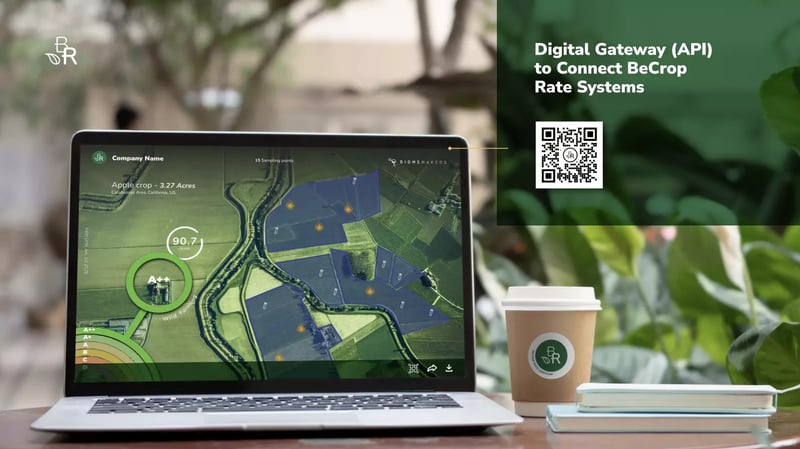Share this
Empowering Sustainable Land
by Jamie Nix on 09/Jun/22
Farmers are making great strides to transform their farms through more environmentally friendly and sustainable management practices. Imagine if those farmers could communicate how far along they are on their journey to soil health recovery?
Every management practice uses a certain amount of on-farm energy when they are growing crops. Human intervention is a major factor in determining the health of the soil and land on which the food is grown. Farms may use mechanical and chemical intervention, crop rotations, or adopt more sustainable practices like cover cropping, biological inputs, or integration of trees and/or livestock.
The less human intervention, the higher the level of sustainability. If you imagine a forest that has had little to no human intervention…it is an overwhelming paradise of biodiversity. It has rich, fertile soil and all different kinds of life above and below ground. The surrounding watersheds are clear and the air quality is pristine. A forest represents a pinnacle of sustainable land that has regenerated itself for the past hundreds, perhaps even, thousands of years.
Much like wild forests, agroforestry systems are some of the most sustainable land management systems because they offer various environmental, social, and economic benefits to the farmers e.g., diversified income, food, fodder, bioenergy production, clean air and water, wildlife habitat, and better soil health and biodiversity.
However, every piece of land, every farm, every crop, every region, and every soil structure is on a different journey. A farm may have used conventional methods for the past 40 years and then decide to adopt more organic management practices. Like many farmers, they want to be rewarded for these big efforts and may pursue organic certification.
The existing certifications, while well-intended, are based on extensive paperwork and annual costs to farmers. The industry would benefit from a consistent metric that can support certifications in telling the full story: exactly how far has the farm progressed on its way to soil recovery and sustainability. Farmers are adopting various sustainable and organic management practices, but there has been no way to know what level of sustainability their land is at or how far their farm has come. At least, until now.
The Journey to Farmland Soil Restoration
BeCrop® Rate establishes a single metric, not a certification, that reveals how you’re doing today in developing your soil’s microbiomatic structure. It simplifies the complexity of soil nutrition, biodiversity, and pathogen testing into one specific number.
BeCrop® Rate is a metric to measure changes in soil biodiversity life that are affected by management practices. The Rate provides a number on a scale from 0-100. The rate is easy to understand and recognize which management practices are being used in the field. The rating ranges from 0-40 being D grade land to 90-100 AA++ land. The indicator is the soil microbiome. For this methodology, a forest has the highest Rate being “Wild farming” AA++ Rate. Each type of human intervention affects the overall sustainability rate.
Soil biodiversity and a healthy soil microbiome are a result of less human intervention. Sustainable land has high levels of microbial networks that carry out various functions to ensure soil health and healthy, nutrient-dense food. It is valuable to have a measurement system for sustainable agriculture, measuring the intensity of agricultural practices. The industry has been waiting for a metric that can do just that.
Consumer Insights on Food, Farming, & Sustainability
Food operators also have this responsibility to ensure the raw materials they receive are handled with precision and guidelines to meet organic standards that can result in an organic label on the final product.
Consumers want to know more about what certification of sustainability their food may have. They could buy a coffee, and it could be labeled as organic, but they could question its authenticity. Is it organic and actually helping the planet? How long has this farm been organic? Are the consumers assured by the label?
Nearly 90% of consumers believe that retailers do not do enough to show their sustainability efforts, and one-third of consumers don’t trust the claims brands make about their green products.
This is why the verification of sustainability is necessary as the food chain transitions to a regenerative ecosystem. Consumers want to be able to know that the farm is implementing necessary measures and they want to know where the farm is in that process.
BeCrop® Rate: Measuring Human Intervention
Consumers should have a standardized metric presented when they shop in the store that ensures the sustainability of the land in which products are produced. If consumers can purchase products that are clearly indicated what level the farm is at and where it is on the path to regeneration and sustainable land, then consumers can feel as if they participate in the shared responsibility to help farmers make that transition. The BeCrop® Rate provides the farmers with a QR code that allows the end consumer to see exactly where the food was grown and what management practices the land receives.
The potential is endless. The independent verification of regenerative land management through a robust scientific process creates trust among participants across the food value chain and can then deliver value to producers looking to receive premiums for their regenerative products.
We are already finding fascinating patterns in the sustainability of different crops and which geographic areas are best suited for specific measurement practices. BeCrop® Rate is our next frontier in understanding how microbial networks are key to everything from improved yields to enhanced carbon sequestration to more nutritious foods.
Ecological and organic agriculture has played a massive role in agriculture, however, it has not resulted in a full transformation of all agriculture to organic. For the metamorphosis of agriculture, a clear roadmap and rating system can support the transition to a regenerative and sustainable agri-food system.
Conventional producers can transition as they adopt management practices with less human intervention through a methodology that BeCrop® Rate has to offer. Returning farms to their natural form with dark earth and a community of microorganisms can ensure the future of a sustainable food chain and healthy ecosystem services for many generations to come.
Share this
- June 2025 (2)
- September 2024 (1)
- August 2024 (1)
- July 2024 (1)
- June 2024 (2)
- May 2024 (2)
- April 2024 (2)
- March 2024 (1)
- February 2024 (1)
- January 2024 (1)
- November 2023 (1)
- October 2023 (1)
- September 2023 (1)
- August 2023 (2)
- July 2023 (2)
- May 2023 (2)
- April 2023 (3)
- March 2023 (3)
- February 2023 (2)
- January 2023 (1)
- November 2022 (1)
- October 2022 (2)
- September 2022 (1)
- August 2022 (3)
- July 2022 (3)
- June 2022 (1)
- May 2022 (5)
- April 2022 (7)
- August 2021 (1)
- July 2021 (1)
- May 2021 (1)
- April 2021 (4)
- November 2020 (3)
- October 2020 (4)
- September 2020 (1)
- August 2020 (3)
- July 2020 (1)
- June 2020 (1)
- May 2020 (2)


